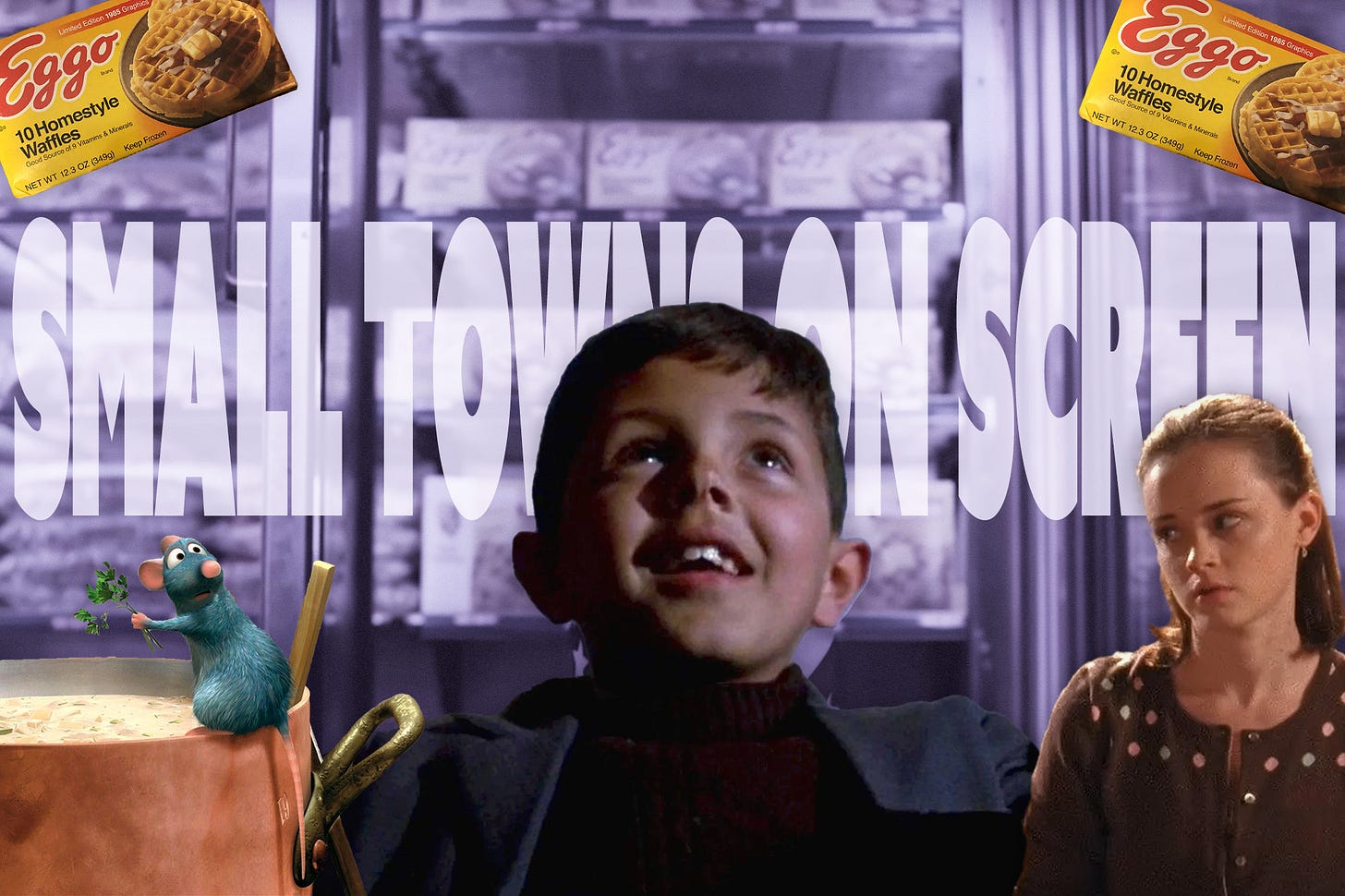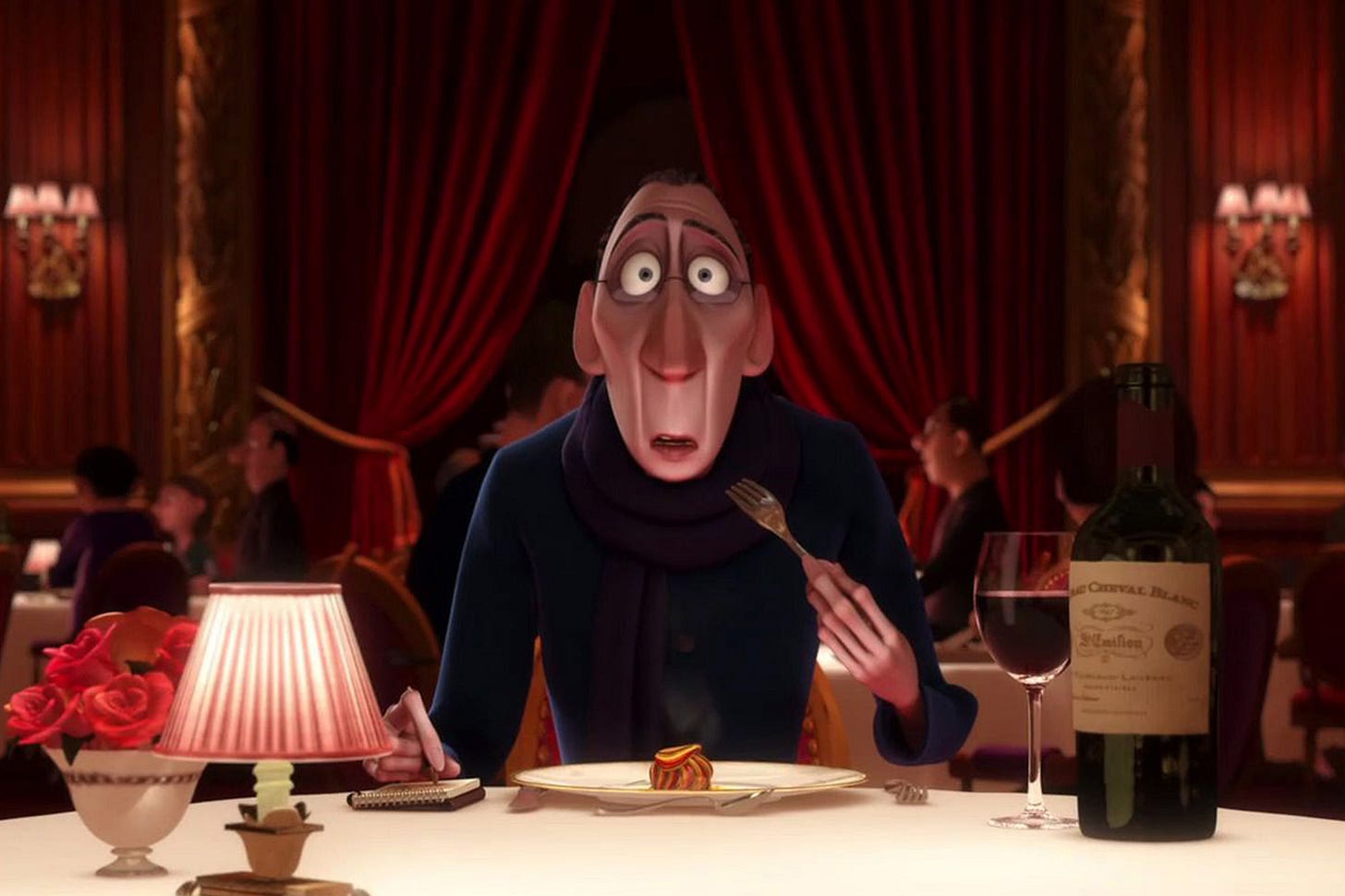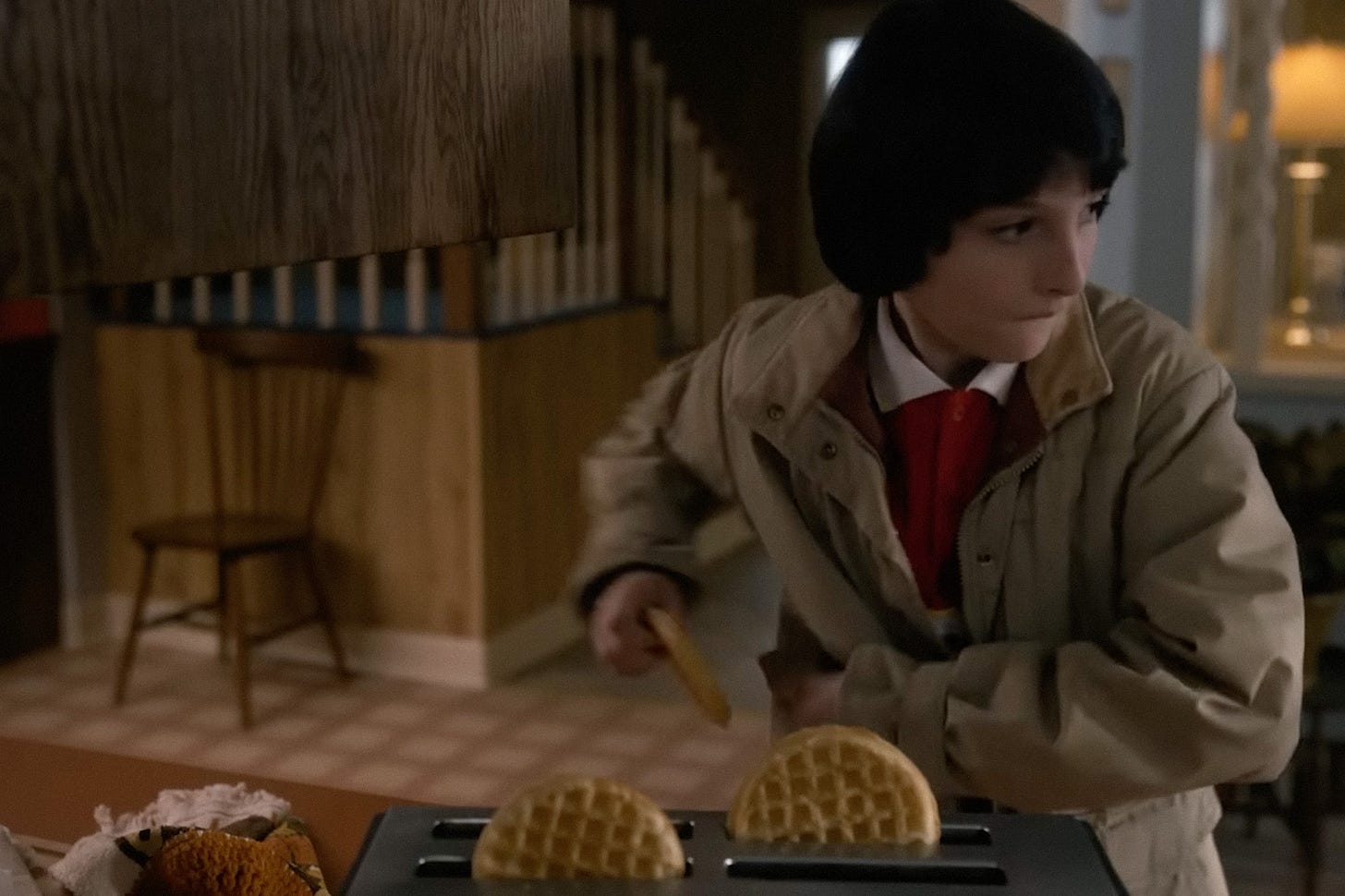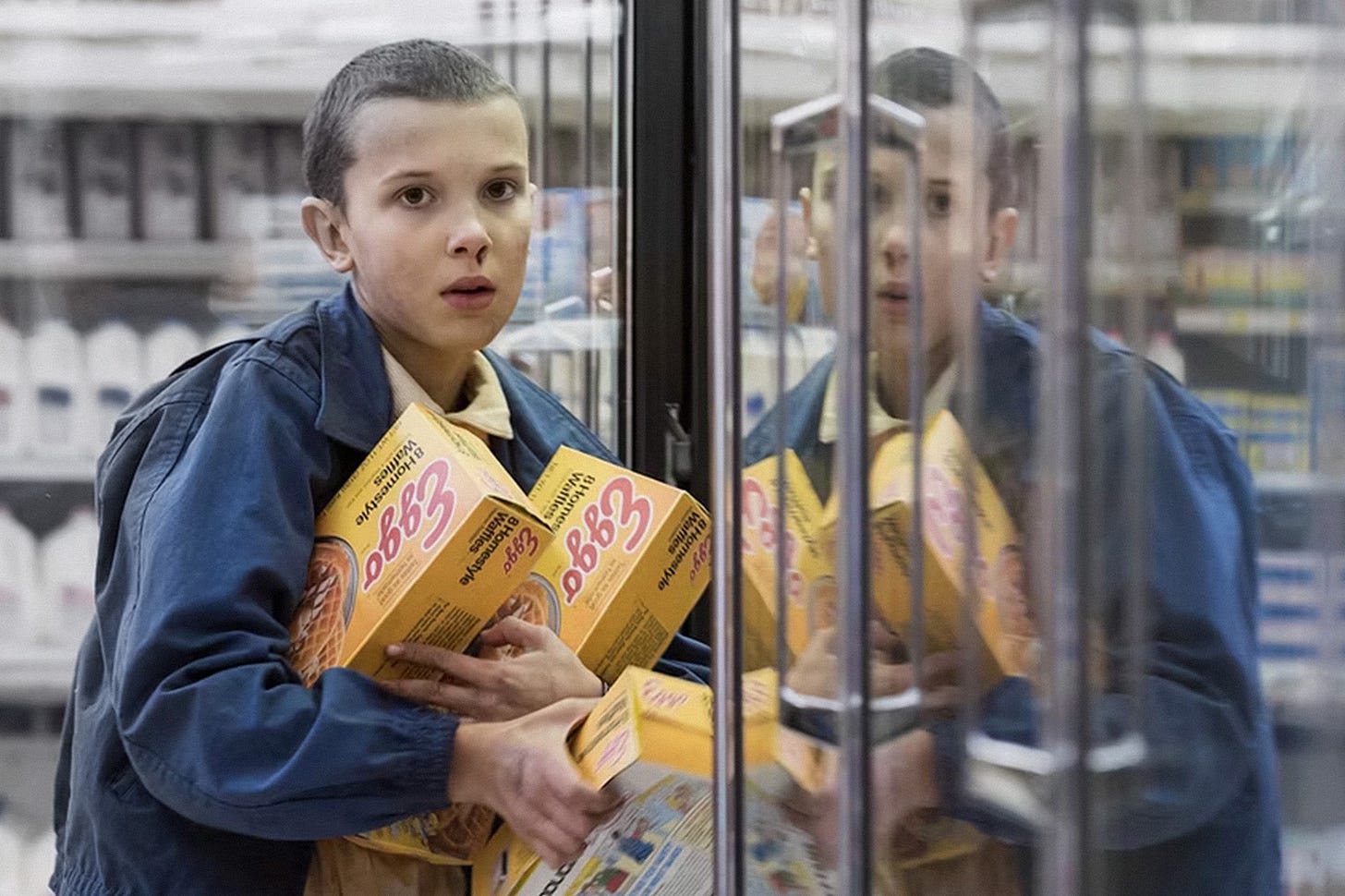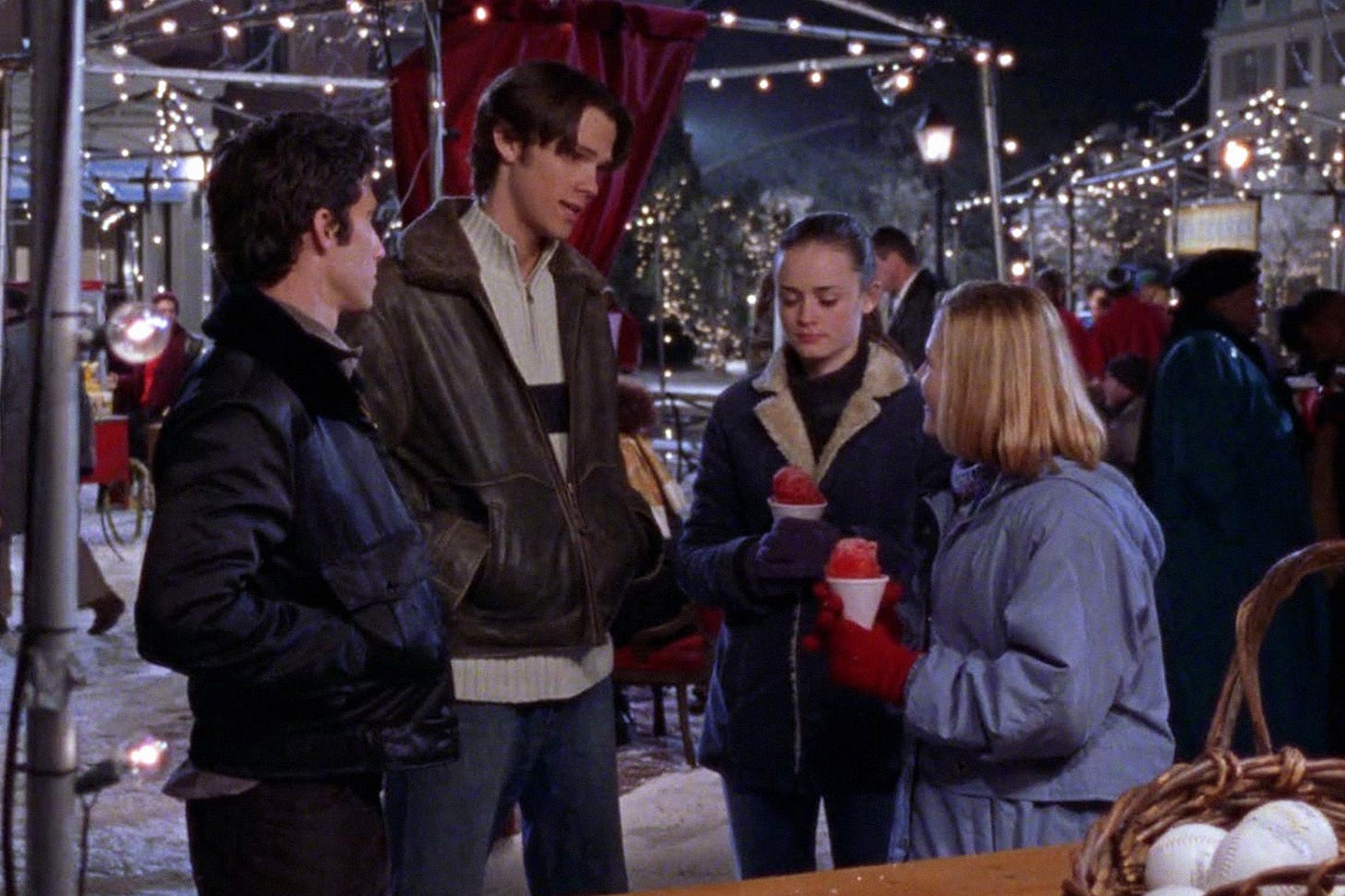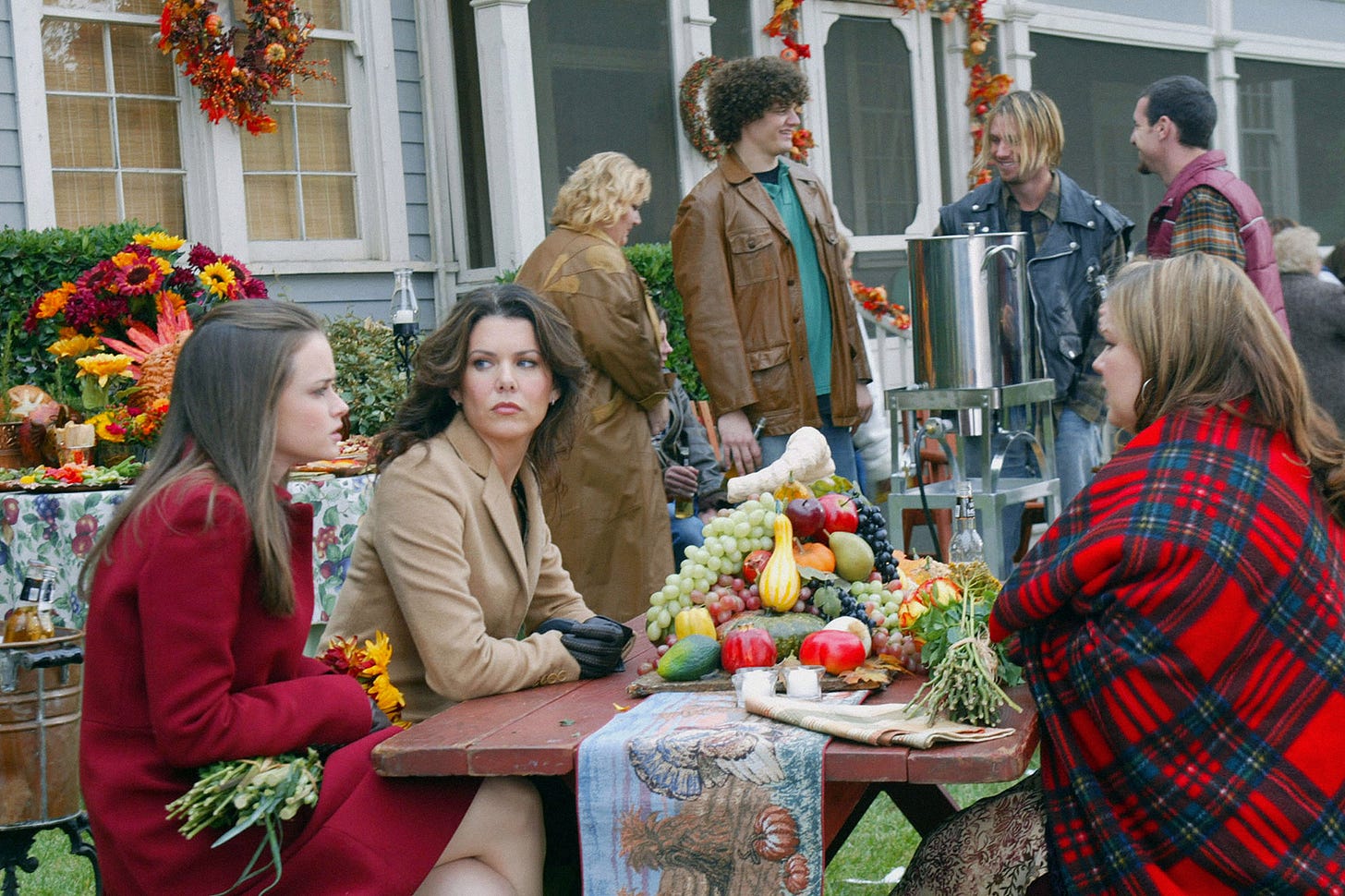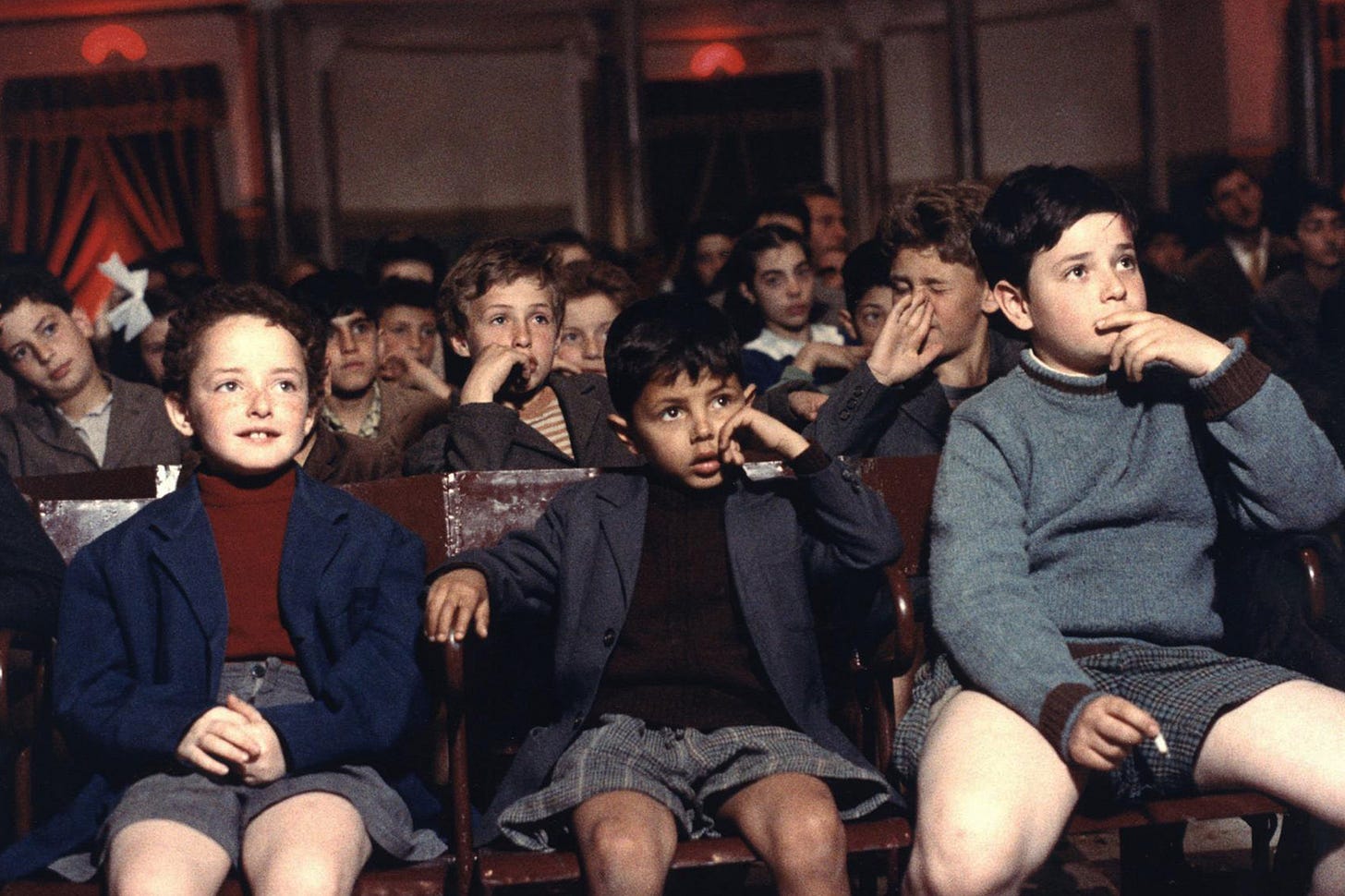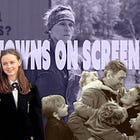How Hollywood Gets Small Town America Right, Snacks Included
Could you kindly Leggo my Eggo?
Hello fellow cinephiles and epicures!
Whether you’ve just joined us after seeing my microviral Substack Notes post, or have been subscribed since November, I am incredibly grateful you are here.
For the new and old alike, here’s a little refresher on Film Flavor’s menu:
🎬 Film Reviews 🎬 with a particular focus on food featured in said films
🍴 Food + Film Pairings🍴Including Recipes + Recommendations
🔎 Deep Dishes 🔎 Delving into the history of food + film
🍿Appetizers 🍿 Miscellaneous musings about the food-in-film world
Now, onto today’s special…
Back in April, Film Flavor covered What Movies Get Wrong About Small Town America. Today’s post is the second installment of this small-town-on-screen dissection and this time? We’re exploring the qualities of rural American life that Hollywood could utilize more often. (If you haven’t read Part One, now’s the time to click here and read it!)
The “Ratatouille Moment”
In One of Everything, Kimberley Kwo coined the term “Ratatouille Moment” as a phrase that refers to the instance when one takes a bite of food that “takes you back to your childhood.”
In Ratatouille, a dish reminds a weary food critic character why he loves to eat. “He finds pleasure in eating again,” Kwo writes, “and therefore finds pleasure in life again.”
Simply put, the films we discussed in part one — Footloose, Three Billboards Outside Ebbing, Missouri, Hillbilly Elegy, et al — do not have a Ratatouille moment. No character emotionally remembers why they loved their small-town upbringing or country life. Why would anyone who lives in a small town be fond of their childhood? Most of Hollywood couldn’t tell you. Truthfully, they haven’t a clue.
That is not to say films that critique rural life are wrong — far from it, there’s a lot to critique. But if a film offers a “gritty portrait” of a small town whose characters are not having a good time, one has to ask, why does anyone live there?
Indeed, my premise may be predictable to my regular readers, but here it goes anyway: Movies that Get Small Town America Right Feature Food. Plain and simple.
This is because the positive side of rural living is in the details, and the details are what help a fictional place feel real. Food is one of those details that is present throughout every facet of society and, in this writer’s humble opinion, should be present through every facet of film and television.
Leggo My Eggo + Stranger Things
When Netflix released Stranger Things, it unleashed a new cultural resurgence of 1980s nostalgia. Given the television show is about a town in which people are constantly tormented by supernatural monsters and evil-doers season after season, the actual portrayal of Hawkins, Indiana could have easily had a much more somber tone.
When most audiences think of the Stranger Things aesthetic, they think of a group of friends riding their bikes, playing Dungeons & Dragons; big hair and bright outfits on display at a thriving shopping mall, Ghostbusters group Halloween outfits, and “Running Up that Hill” by Kate Bush playing as bright blue and red lighting illuminates supernatural happenings.
Yet had another directorial and production team been given the task of bringing the same story to life, we could’ve just as easily seen trailer parks, sparse diners, depressing pool halls, filmed with canted angles and dreary color palettes in an attempt to show off the all-American rural “grit.”
Indeed, the adoration for 1980s pop culture infused in every episode of Stranger Things is one of the many reasons why the show is so far ahead of its peers. It is no mistake that one popular food brand is intricately woven into the storylines of the main characters: Kellogg’s Eggo Waffles.
In Stranger Things, Millie Bobbie Brown’s character, Eleven, can’t get enough Eggos to satisfy her bottomless desire. The character had a… tumultuous upbringing, and it becomes clear the frozen waffles symbolize domestic comfort. As Eleven grows up, facing bigger and bigger battles, her Ratatouille moments come in the form of Eggos.
Though Eggos have been around since the 1950s, they reached a new level of grocery-aisle fame after Kellogg acquired the brand in 1970. During this time, the fateful “Leggo my Eggo” slogan was introduced. By the 1980s the slogan, and the entire Eggo brand, was so popular, it was instantly recognizable to most Americans who had a television set during the decade. This is why the 2017 Super Bowl ad for Stranger Things, which opens with a retro Eggo commercial, was powerful and effective, driving consumers to both the Netflix series and the frozen breakfast treat.
There is a somewhat unreliable statistic floating around stating Eggo sales boosted 14% in the quarter of Stranger Things’s Season 2 release, but I suspect the long-term effect has been more wide-reaching. (If you’re in the mood for a deep dive, this article in Mel Magazine does a good job of exposing the bizarre amount of misinformation — and the lack of historical truth — the internet holds concerning the Eggo brand.)
Of course, not every aspect of the Stranger Things x Eggo brand collaboration has gone perfectly, but it has by and large shaped the nostalgic, realistic small-town setting Stranger Things is known and desired for. Perhaps more importantly, the humble frozen waffle snack is a grounding, realistic touchpoint amidst the onslaught of paranormal happenings the small town unleashes.
The show goes on to heavily feature ice cream, Hawaiian pizza, and the food service establishment employees preparing these fast-food dishes. Without food, Stranger Things would be left scrambling to keep one foot in the real world.
Food Brings Small-Town Communities Together
I’ve written before about Chocolat, and while it might not be the most realistic film in the world, it accurately portrayed the act of a simple communal meal bringing acquaintances and neighbors together. In Stanely Tucci’s Big Night, friends, peers, neighbors, and loose connections in a small New Jersey town are brought closer together by a large meal. One of the most realistic elements of Gilmore Girls is community consumption: potlucks, group picnics, fairs, local diners, and other food-forward community gatherings.
The more I think about it, the more I think movies set in the rural USA would be a whole lot more realistic if they featured a few more barbeques, block parties, church basement meals, and community cookouts — and fewer shirtless men chewing tobacco.
Per the 2020 Census, just 20% of Americans live in a rural area. And yet, Hollywood has never seemed particularly interested in the stories of this group — which now accounts for well over 65 million people. “Hollywood has chosen to ignore a market the size of France or England,” William Dever writes.1 Personally, I think until we see a good, old-fashioned potluck gracing the screens of AMCs across the country, we’ll know the ruralites are being largely ignored.
Small Town Silver Screens
I would like to give a shout-out to my hometown movie theater — Jax Jr. Cinemas of Littleton, NH — which recently opened its doors after a long COVID-induced closure and a change in management. Given my town has made multiple - national - headlines in the past year due to a passionate debate about banning public art, the reopening of the two-screen cinema feels like a breath of fresh air.
From midnight releases of highly-anticipated films like Harry Potter to watching 2007’s rendition of Beowulf with my entire English class in the middle of a school day, I have more than a few great memories at Jax Jr. But perhaps what I loved the most about it was the audience: In my school years, I could attend a movie and always count on seeing handfuls of familiar faces in the crowd.
To this day, I can tell you exactly which one of my old neighbors snored during movies, which kids ordered too many ICEEs, which schoolmates played pranks on others amidst the dimly-lit seats, and which kid’s parents told me to stop sobbing so loudly during Toy Story 3. My story might not be as poetic as Cinema Paradiso, but it’s certainly illustrative of the paramount role movie theaters play in rural American communities.
At the very least, my hometown movie theater is where my love of popcorn truly began.
In Case You Missed It…
If you’re interested in more Film Flavor, please consider subscribing and sharing this post with friends and foes via the buttons below!
And please, leave me a comment + let me know which movies you think are more accurate portrayals of small-town life:
With gratitude,
Disclaimer: Film Flavor is a newsletter written for entertainment purposes only. While I do my best to write meaningful posts with good intentions and cite sources when I have the bandwidth, I do not have the capacity nor the expertise to fact-check research as a trained professional journalist would. Despite my best efforts, the Film Flavor newsletter may contain omissions, errors, or mistakes and cannot be relied upon for accuracy or correctness. Additionally, I am not a chef, doctor, nutritionist, or food professional, and it is the responsibility of the reader to consult qualified professionals and use good judgement to decide whether the ingredients, foods, drinks, recipes, and cooking instructions mentioned within Film Flavor are safe to use, follow, or consume. The Film Flavor newsletter does not contain any professional advice or guidance and its contents should not be considered as such. Read the full Film Flavor disclaimer on the Film Flavor About Page, here. Thank you!
This links to a random Linkedin article that I don’t necessarily agree with otherwise but stumbled upon and we had the same notion so I felt the responsibility to link anyway


